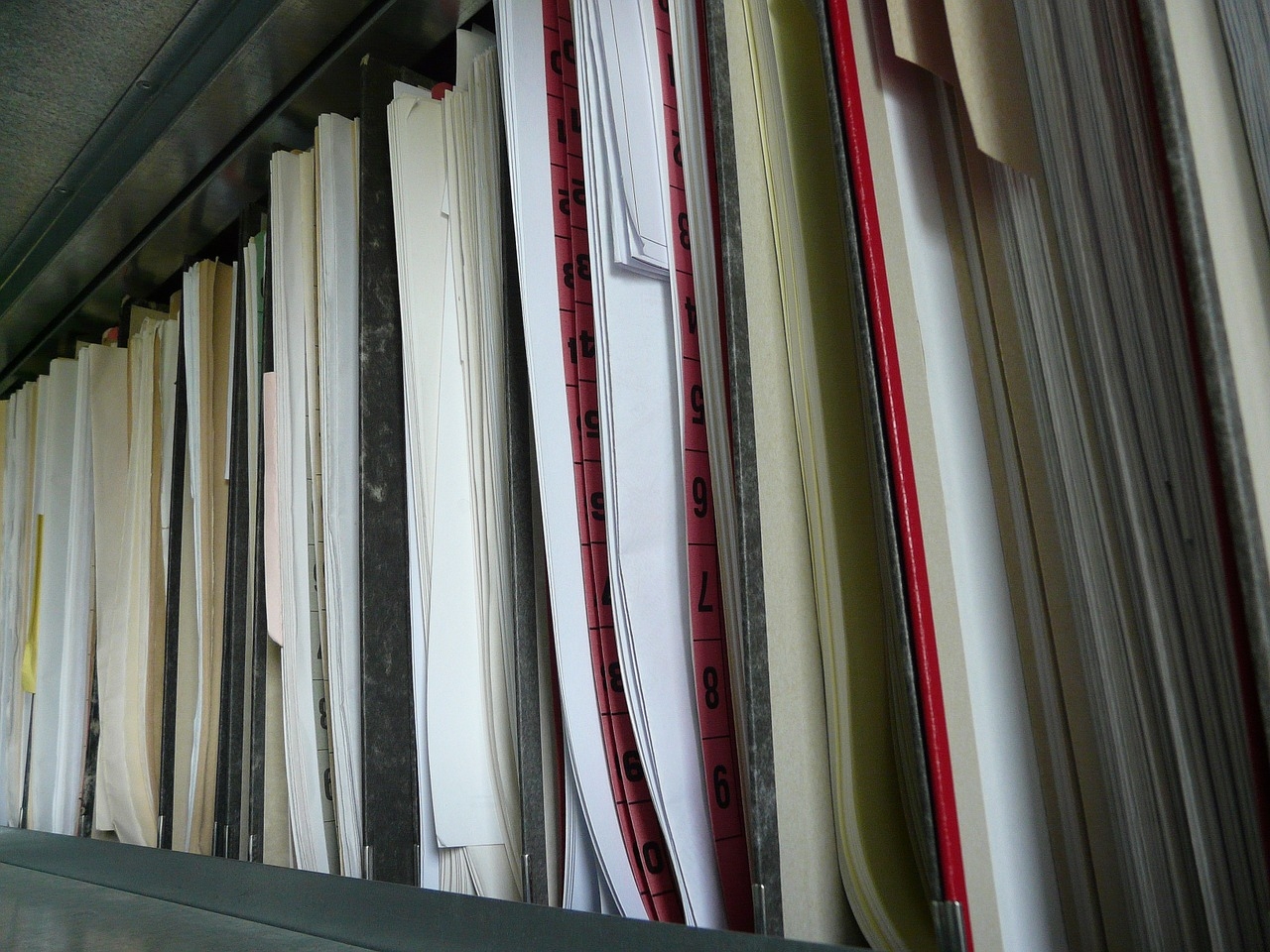Maintaining personnel records
What goes where?
Published on Fri, 02/03/2017 - 5:32pm
Contributors

Christian Scali
Founder and Managing Shareholder

Jennifer Woo Burns
Of Counsel

Jasmin B. Bhandari
Principal
As tempting as it may be for an employer to just throw all documentation pertaining to an employee into one personnel file, numerous legal reasons exist why certain records need to be separated from others, such as privacy, discrimination, and HIPPAA obligations.
What type of documents should NOT go into the personnel file?
- Completed I-9 forms should all be kept together in a separate file, with some means to track the forms that need updating when authorizations expire
- Medical-related documents should be kept in a separate medical file—items such as doctor’s notes, medical leave documents, medical insurance enrollments, workers’ compensation documents and drug test results
- Documents generated in investigations
- EEO-1 data
- Background and reference checks
- Litigation or other claims-related documents.

So what’s left?? Documents that DO belong in personnel files:
- Documents related to compensation, performance, discipline and termination.
- Employment applications
- Job descriptions
- Documents related to training or certifications.
Moreover, remember that access to all these records must remain strictly on a need-to-know basis and should be stored in a secure/locked area.
